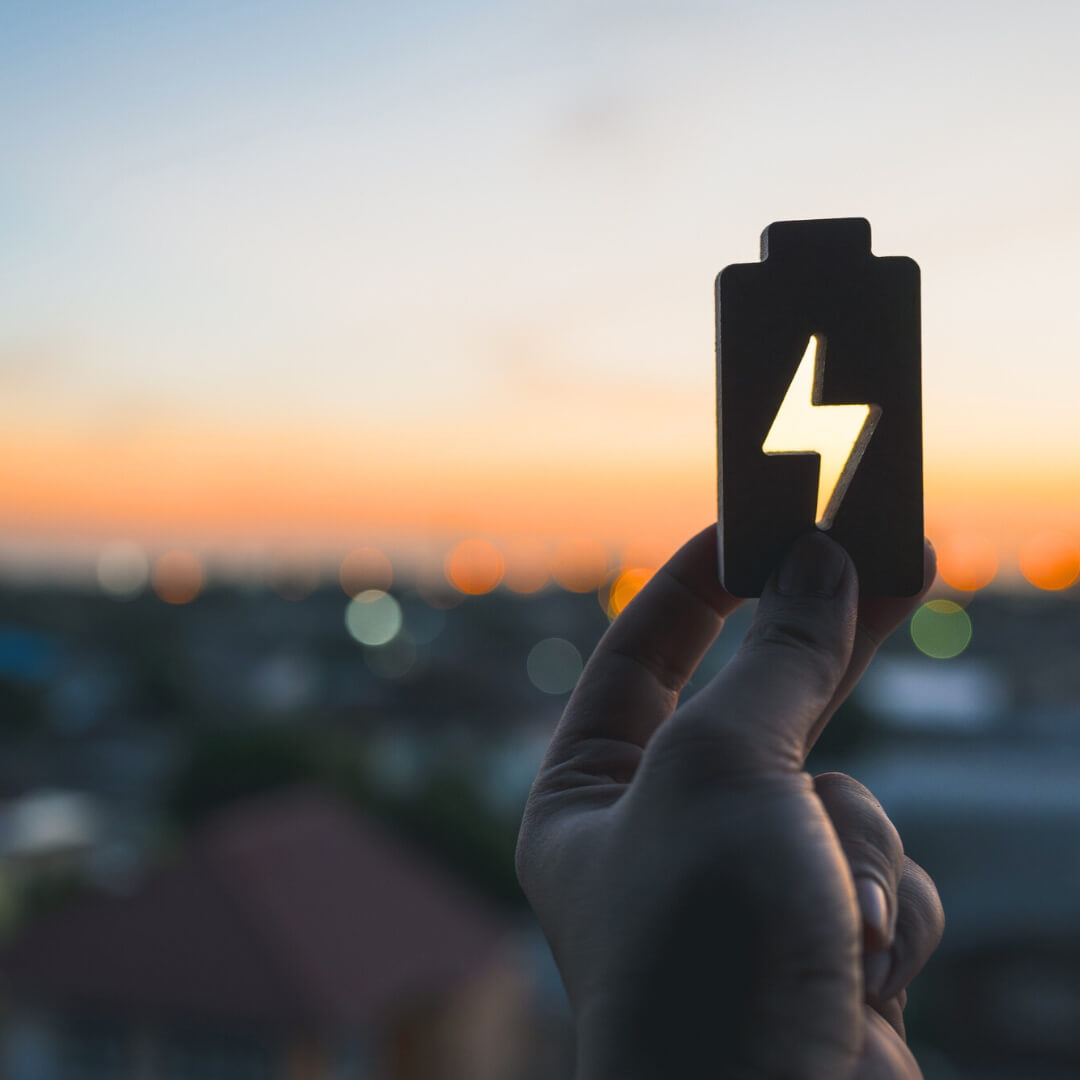We saw the media reports highlighting the end of the ESB’s post 2025 review, and a statement from the Federal Minister for Energy and Emissions Reductions highlighting the recommendations made. The reports suggested that the ESB has recommended a capacity mechanism to drive investment in dispatchable generation. More details will most likely become available over the coming weeks but with the impending conclusion of the post-2025 review, we’ve decided to share some of our preliminary thoughts.
1. It would be pre-emptive to decide we need some form of capacity mechanism
The preferred option the ESB has likely recommended is an expansion of the retailer reliability obligation, turning it into a physical retailer reliability obligation. While this is ostensibly about improving the reliability of the power system, most stakeholders, including Flow Power, raised concerns about the negative impacts of this proposal including higher costs to consumers, anti-competitive outcomes, and a failure to design for the future.
We think that further work on resource adequacy should expand its scope beyond capacity mechanisms. The ESB itself commissioned a consultant report that looked at six different options for resource adequacy. This report suggested that the first options that should be explored are scarcity pricing mechanisms (which was suggested in Iberdrola’s Operating reserve rule change request, as well as potentially being considered by the Reliability Panel in its Reliability Standard and Settings Review) and that a capacity mechanism is not likely to be justified. However, the ESB has seemingly focussed on capacity mechanisms and disregarded this other options.
An area we think the ESB has underemphasised are the costs of changing from an energy-only market to a quasi-capacity market. Despite statements from the ESB to the contrary, introducing a capacity mechanism is a massive change to the way projects are designed, financed and operated, and that means disruption and uncertainty.
At a time where most stakeholders have highlighted regulatory uncertainty as a major issue, introducing a capacity mechanism and all its complexity without properly assessing the problem and the available options risks major disruptions to industry and costs to consumers.
2. Technology change doesn’t always need regulatory change
Related to the above point, there has been a constant emphasis on the importance of regulatory change to accompany shifts in technology and the generation mix. There will clearly need to be some regulatory change over the course of the energy transition. For example, the work of essential system services has progressed with broad support. This is because there is a clear, agreed problem that isn’t addressed by the current regulatory framework – rewarding necessary technical services.
While regulatory change will be necessary, consistently proposing wholesale changes without a consensus on the problem being addressed makes it harder to smaller businesses to enter the market and to innovate. Clear rules and regulatory stability helps businesses decide how to innovate and grow, and provide customers with value.
3. There should be further, genuine consultation on major changes
Lastly, it will be important for more consultation between the market bodies, consumer groups and industry. With the Energy Security Board scheduled to be wrapped up this year, it will be important for the market reform torch to be passed to the Australian Energy Market Commission to continue exploring the issues raised in a transparent, consultative manner.In particular, we’re hoping the AEMC is able to provide a clearer proposal for stakeholders to engage with and respond to. To date, the proposals provided by the ESB have tended to be detailed by a large range of options or questions, which can invariably make the proposal difficult to respond to. We’re also looking for a more fulsome response to stakeholders. The ESB received a large number of submissions, convened technical working groups and held forums. However, we did not see many of the issue raised through submissions or in forums factored into subsequent policy making decisions, making it unclear how the ESB had responded to or used stakeholder feedback.
Any questions? We’re here to help.
If you’re a Flow Power customer already, please reach out to your dedicated Client Solutions Manager.
If you’re not a Flow Power customer contact our friendly team today:
? 1300 08 06 08 (within business hours)
?️ Live chat message (within business hours via the chat button at the bottom of your screen)
Alternatively, you can submit your questions through our website contact form here.














